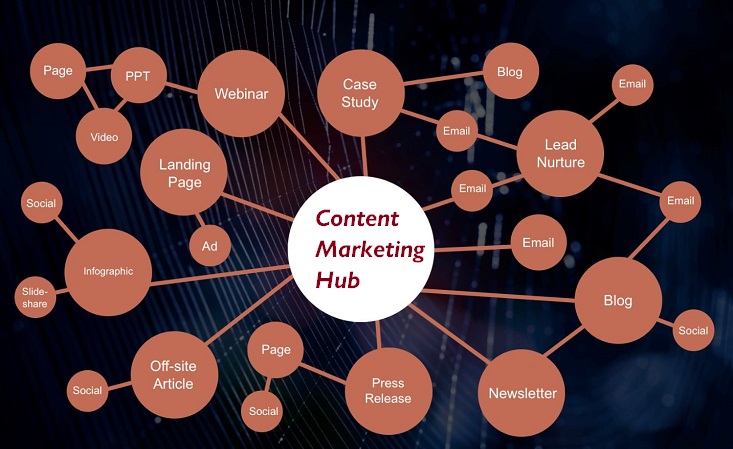Source: curvearro.com
Generating leads is not easy considering that your competitors are more and more numerous on the Internet and therefore you have to win the competition to grab leads that would be tempted to go to your competitors
more and more competWe took our cue from a methodology set by sitecore.com
to get the best possible results in lead generation.
Lead generation techniques are essential for obtaining new customers and keeping under control the site’s performance on search engines and on the evaluation of the pages that obtain the best results by increasingly surgically modifying the pages that do not send visitors away or cool them in their maturation towards the moment in which they are ready to contact us.
It is essential to maintain the historical sequence of versions of each page including the layout with images and complete contents.
We have developed a specific module within the CRM to track this versioning.
It is a much simpler module, which draws inspiration from Sitecore’s operational theories, avoiding an excess of bureaucracy which would be counterproductive in a start-up.
It is a methodology that teaches operators to be professional right away and to be more and more as the allocated budget increases precisely because sales grow and one can afford to pursue a virtuous path in terms of financial sustainability.
We are convinced that growth must take place gradually both in the methodology and in the infrastructure and in regards to the applications.
That’s why 97% of marketers say producing enough content to meet their organization’s needs is their biggest concern.
Basically, how do we act to achieve a goal of financial sustainability?
Here is our strategic plan:
- Resist the enticements of the market that offer DAM (Digital Asset Management) platforms because they are needed by the mega-structures that draw 100% of their livelihood from the network with a reduced human sales force
- Focus on WCM (Web Content Management) which is an evolution of the CMS (Content Management System). The WCM differs from the CMS because it applies a versioning with metadata that also represents their expressed potential.
We use a suitably modified CRM which therefore allows a soft start and then progressively configure it as a WCM.
Therefore, at an extremely low cost while remaining highly customizable based on the evolutionary level of the website and the business produced by the website and the business expectations placed on it. - Marketing Content Hub. This integration becomes increasingly central as the website concentrates and distributes all the company know-how connected to the sales force and in general to the active cycle of the company aimed at making the website the company main stream.
- 80% of marketers say that attracting returning visitors is only possible with good and continuously updated content. The consequence of this trivial statement means keeping track of the performance of each content version because this is the critical success factor of lead generation, avoiding making the same mistakes in the future when we discovered in the past that they hadn’t given the desired results.
- Manage the product lifecycle. Clearly the point of arrival would be a PLM (Product Lifecycle Management) platform, but we have customized a CRM in which we have distilled the concepts of PIM (Product Information Management) and PCM (Product Content Management) that’s smaller and more frivolous brother, and leans toward the marketing organization.
- Marketing activities must be coordinated by an adequate platform whose functions are not all available within CRM. The specific platform is called MRM (Marketing Resource Management), also known as Campaign Management Platforms, are a special guest here.
These platforms are generally used to support and measure the overall marketing cycle—from strategic planning around budgeting, media planning, creative, review and annotation, to execution. Of course, we have using a module, suitably tailored to the customer’s needs) within the CRM. - Creative review. The creative review tools cover draft uploading of creative artifacts such as layouts, videos, annotations and comments from stakeholders. This information can also be allocated within the MRM module created on the CRM framework.This category is of particular interest because it’s usually one of the first places marketing departments get busy—there are so many good, relatively affordable deals out there that eliminate all the hassles for a small investment. It allows marketers to get involved in all kinds of bad behavior, like avoiding CAPEX procedures and investment freezes and not going through the IT department for purchases.
- Stimulate the RFP (Request For Proposal). This is a significant act performed by the lead in the Lead Generation activity. When a lead comes to this determination, then the lead can be assigned to the sales department leaving the marketing department. In this case the lead is called SAL (Sales Accepted Lead) and marketing has reached its objective and its budget purchases a credit which it can use in subsequent growth investments.
Last Updated on April 27, 2024

